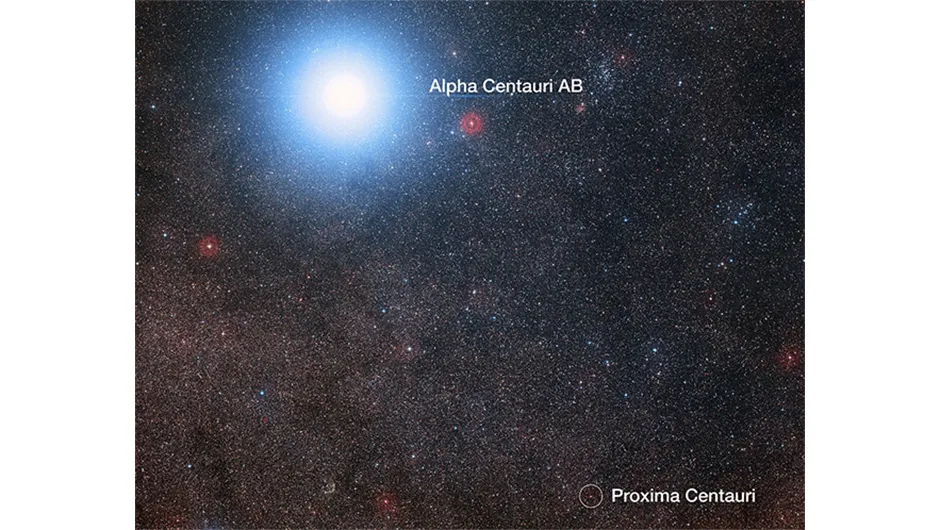Observations of Proxima Centauri, the closest star to Earth outside the Solar System, have revealed a ring of glowing dust encircling it, indicating the possibility that it is host to an elaborate planetary system.
Proxima Centauri is a red dwarf star four lightyears away.
In 2016, astronomers discovered an exoplanet orbiting it, named Proxima b.
This Earth-sized world is the closest known planet outside our Solar System.
Observations of Proxima Centauri were carried out by the ALMA Observatory in Chile.
The dusty ring is located at a distance from the star equivalent to between one to four times the distance between Earth and the Sun.
Dust belts like these are the remnants of material that didn’t form into planets.
They are made up of pieces of rock and ice that vary in size from tiny dust grains to asteroid-like bodies.
This newly-discovered belt is estimated to have a temperature of about -230°C; as cold as the Kuiper Belt in the outer Solar System.

ALMA observations also suggest the presence of another dust belt about ten times farther out.
Both belts are much farther than the orbit of planet Proxima b, which is four million kilometres from Proxima Centauri.
“This result suggests that Proxima Centauri may have a multiple planet system with a rich history of interactions that resulted in the formation of a dust belt,” says Guillem Anglada of the Instituto de Astrofísica de Andalucía, who led the study.
“Further observations will give us a more detailed picture of Proxima's planetary system,” says Co-author Pedro Amado.
“In combination with the study of protoplanetary discs around young stars, many of the details of the processes that led to the formation of the Earth and the Solar System about 4,600 million years ago will be unveiled.
"What we are seeing now is just the appetiser compared to what is coming!”
